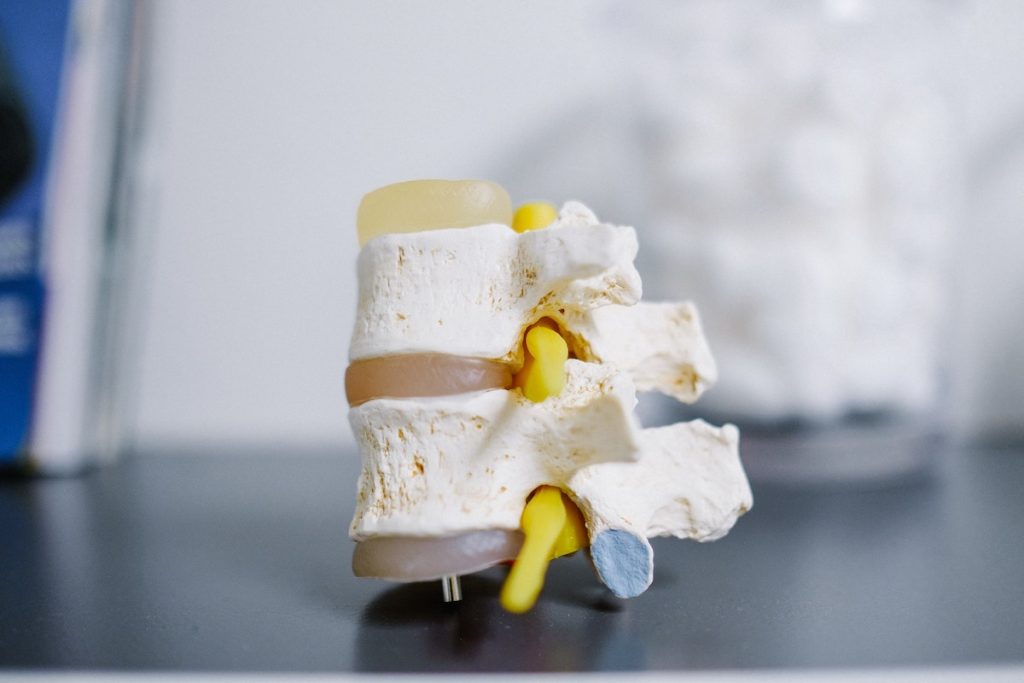When the discs between the spinal vertebrae begin to gradually wear down, a physician will likely diagnose a patient with degenerative disc disease. Spinal discs are meant to provide cushioning in the spinal cord and absorb the shock and stress of the body’s movements. As the discs become thinner and weaker they can press against nerves and cause a lot of pain and discomfort. This condition can start at any age, but by the time people reach 80 years old, there is almost always some damage to discs. So if you’re curious about what treatments or therapies can provide some relief, here are five options.
1. Medication Therapy
Some common degenerative disc disease symptoms include neck and back pain. The pain may come and go, staying for a few weeks or months at a time. It is also sometimes accompanied by numbness or tingling in the arms or legs or it may radiate down the buttocks or lower back. This extreme discomfort leads many sufferers to seek medication therapy. For many, over-the-counter anti-inflammatories are enough to ease the pain. But there are some who require an epidural steroid injection to relieve the pain of a pinched nerve resulting from the disease.
2. Physical Therapy
Physical therapy works to strengthen the spine. One of the goals of physical therapy is to improve the muscle mass in your back to help alleviate some of the discomfort and improve the patient’s posture. These small changes can decrease the amount of pressure being placed on the spine to improve symptoms of the disease
3. Massage
Even when there’s nothing going on with your back, a massage is a great way to reorient the back and ease discomfort. A massage works by improving the blood flow to the area of the body being manipulated. Decreased blood flow is one cause of degenerative disc disease, so increasing the blood flow does more to improve the condition than many realize. A sedentary lifestyle, cigarette smoking, and caffeine consumption can contribute to decreased blood flow throughout the body.
4. Radiofrequency Neurotomy
Radiofrequency neurotomy is a treatment where a physician puts a thin needle in your back that distributes radio waves that gently heat a troublesome nerve and destroy it. Although this is typically an outpatient procedure, your physician will use a local anesthetic so that you are alert and aware to answer questions regarding the procedure.
5. Dietary Changes
Making changes to your diet can also help to alleviate symptoms associated with the disease. Everything that can be done to reduce inflammation in the body can help. One way to reduce inflammation is to adopt a 1:1 ratio of omega-3 to omega-6 fatty acids. It’s also important to avoid sugary foods and drinks, processed meats, refined grains, and saturated fats.
There are many ways to combat degenerative disc disease, and many of them are non-invasive. If you’re suffering from this disease, there’s no reason to suffer in pain. Be sure to consult with your healthcare provider if you are experiencing neck and back pain or think that you may have this condition. Together you can work towards finding a comfortable resolution.

